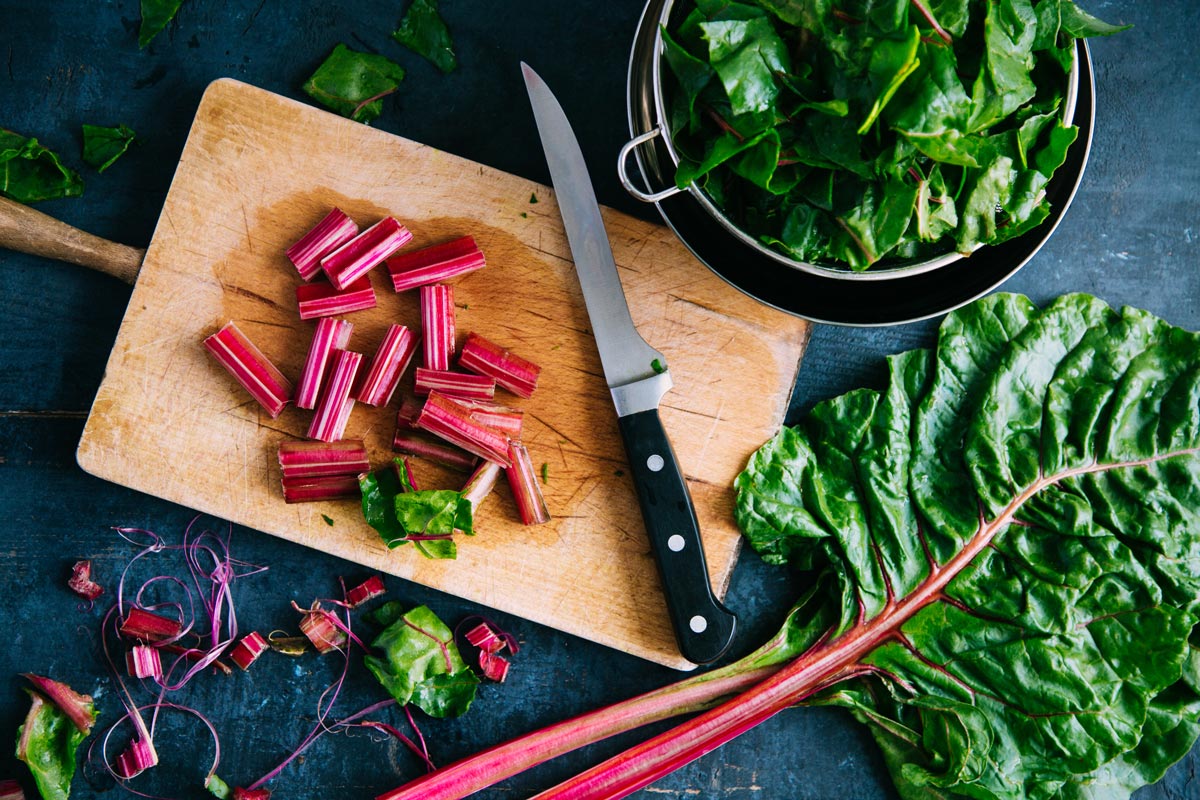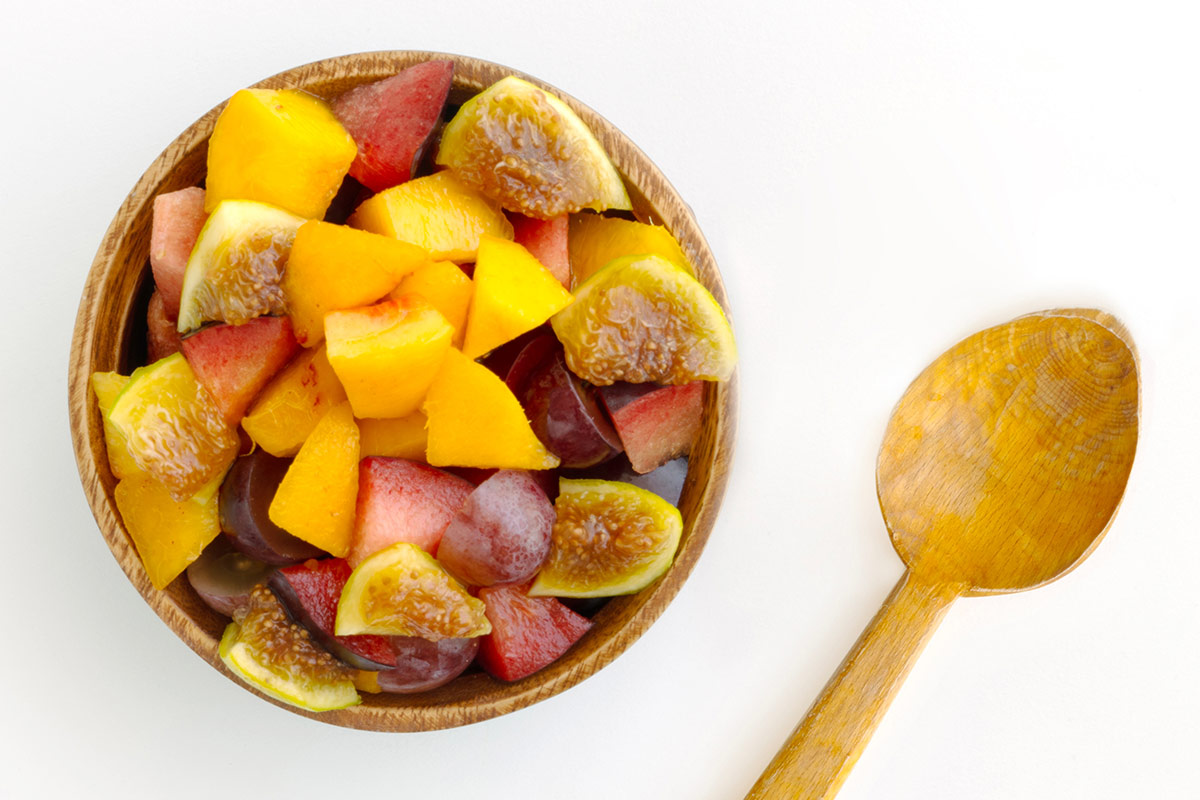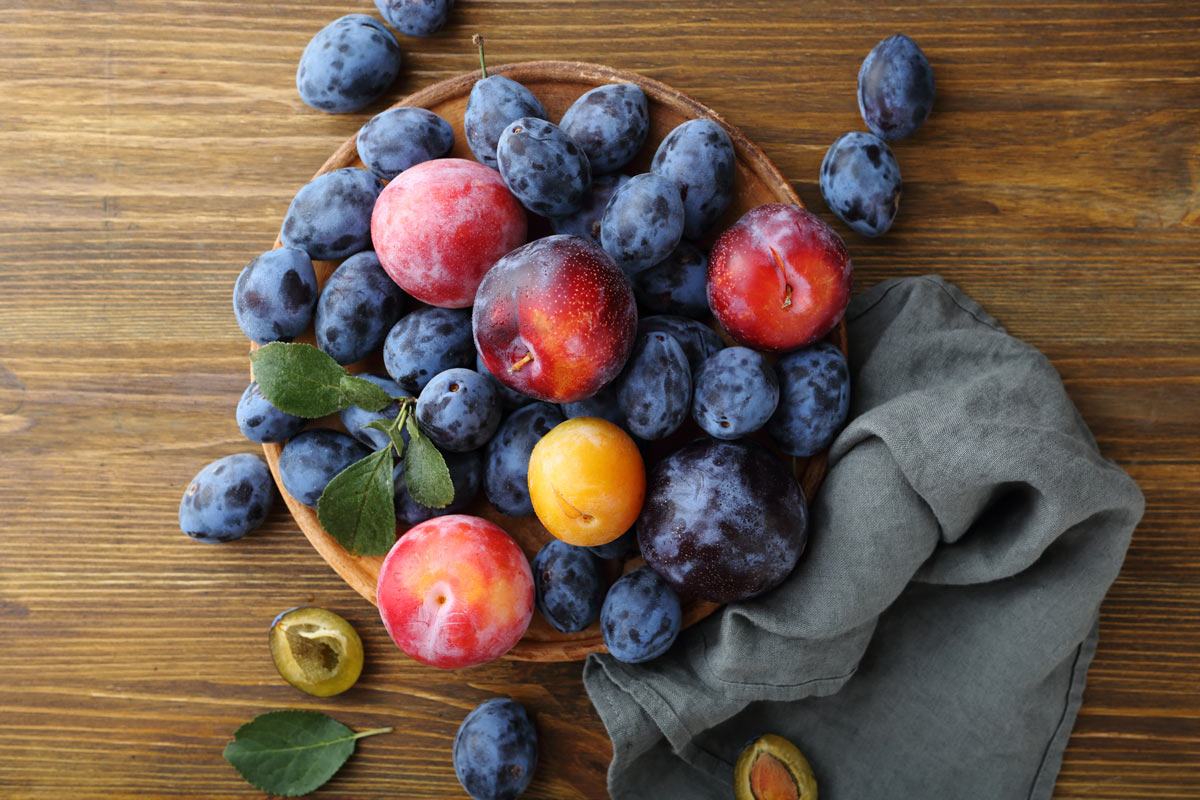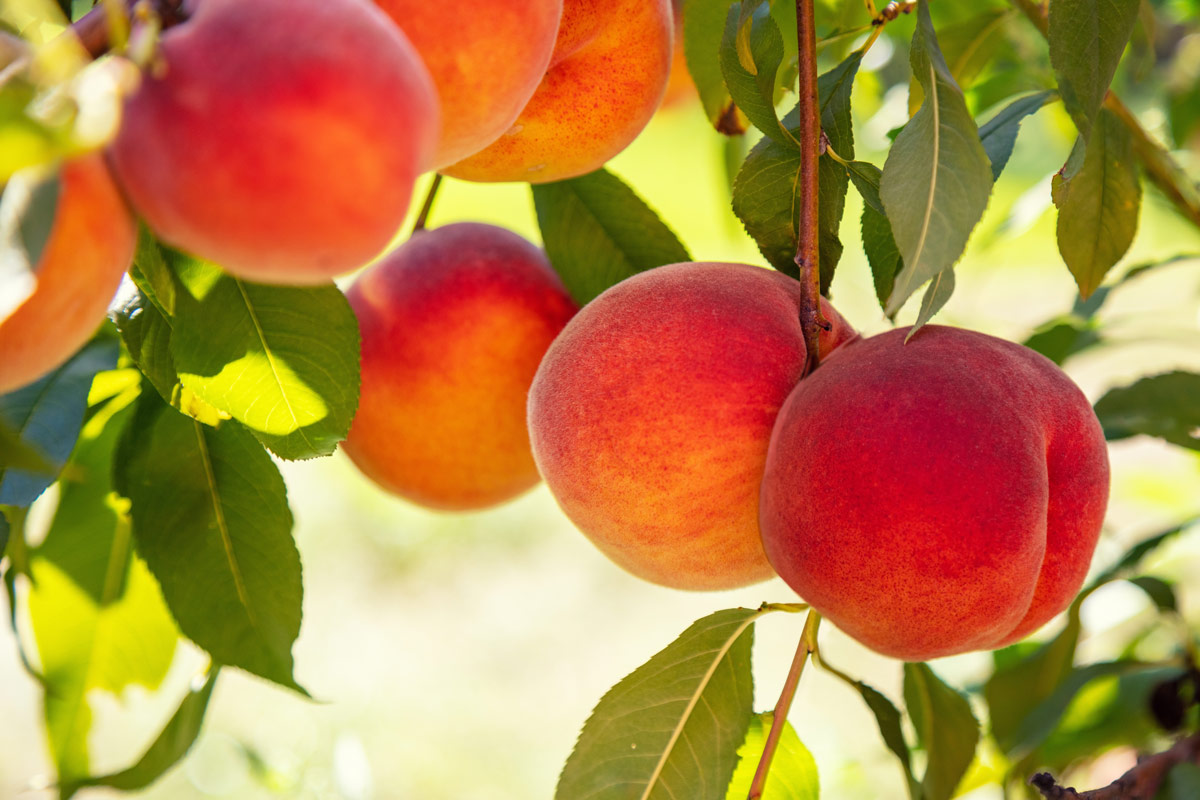Pasta with Green Sauce Recipe, Spotlight on Winter Greens, Reserving Pasta Water, Chill Out in the Sauna and Resolution Reboot
Ready to shake up pasta night? I’ve got just the recipe—a vibrant winter greens sauce that takes just a few minutes to make. It’s delicious on its own or with your favorite protein. Looking for a way to take the edge off winter? A new study suggests that spending time in the sauna is more than relaxing—it’s good for heart health! And speaking of health, if your New Year’s resolutions are fading from view, the University of New Hampshire has ideas for a reboot.
Pasta with Green Sauce
 Pasta with Green Sauce
Pasta with Green SauceThis is a tasty yet simple prep for pasta, perfect for a weeknight meal. Roasted garlic adds great depth of flavor—spread any leftover cloves on slices of toasted crusty bread. The garlic can be made in advance and kept in the fridge for about a week (after cooling, squeeze out the softened garlic from each clove and store in a sealed jar). I’ve suggested thin spaghetti for this dish, but choose any shape you like, cooked according to package directions.
Ingredients
- 1 head garlic
- 5 tablespoons extra virgin olive oil, divided, plus more for drizzling
- 3 teaspoons coarse sea salt, divided use, plus more to taste
- 8 ounces spinach, trimmed as needed (see Healthy Ingredient Spotlight in our weekly newsletter)
- 1 pound thin spaghetti or other pasta
- 2-ounce chunk Parmigiano-Reggiano, plus more for serving
- 1/2 teaspoon pepperoncini or red pepper flakes
- 1/2 teaspoon freshly ground black pepper, plus more to taste
Directions
Step 1
Peel off the papery outer layers from the garlic while keeping the bulb intact. Slice about a 1/2 inch off the top; you can trim the roots but don’t cut them off or the cloves won’t hold together. Place the garlic cut side up on a piece of parchment paper, then drizzle 1/2 tablespoon of olive oil on the exposed cloves. Fold the long sides of the parchment paper over the garlic, then fold the ends underneath to make a packet. Place on a rimmed sheet pan and roast for 45 to 60 minutes, until the cloves are golden and soft and start to shrink away from the peel.
Step 2
Prepare an ice bath by filling a large bowl with ice and cold water; set aside. Fill a stockpot with 4 quarts of water and bring to a boil. Add 2 teaspoons of salt and the spinach. Cook for 2 minutes, then use a spider skimmer or slotted spoon to move the spinach to the ice bath (this chill-down helps retain its color), leaving the pot of boiling water on the stove.
Step 3
Add the pasta to the pot of boiling water and cook until tender, about 10 minutes. When the pasta is half cooked, prepare the sauce. Pare any rind off the cheese, cut it into cubes, place in your food processor, and pulse until the cheese is nearly a powder. Remove 1/4 cup of cheese from the work bowl and set aside. Add in the spinach, 6 cloves roasted garlic, the pepperoncini or red pepper flakes, the remaining salt, and the black pepper. Process until smooth, adding 1/4 to 1/2 cup of liquid from the pasta pot if needed.
Step 4
Drain the pasta, transfer it to a large bowl, and toss with the sauce, thoroughly coating it. Serve each portion with a drizzle of olive oil and a sprinkle of the reserved cheese.
Yields 4 servings

Healthy Ingredient Spotlight
Winter Greens

Spinach is just one of the many delicious greens available this season. Kale, especially the milder lacinto kale; collard, beet, mustard, and turnip greens; escarole (wonderful in my Italian wedding soup); and Swiss or rainbow chard are other flavorful varieties, delivering vitamins such as A, C, and K; the B vitamin folate; minerals including calcium, potassium, and iron; and a bounty of phytonutrients.
Winter greens make great salads and side dishes. Heartier greens, like kale and collards, do take longer to cook. If you want to try them for my Pasta with Green Sauce, remove any hard ribs and let them boil for 5 minutes before proceeding with the recipe.

Quick Kitchen Nugget
Reserving Pasta Water
This simple hack, an essential part of classic pasta dishes like cacio e pepe, is a flavorful way of thinning sauces. Pasta water not only adds some salt but also some starch, which lends creaminess to a sauce as it emulsifies with the olive oil in a recipe. Simply ladle out a cup or so of the cooking liquid before draining pasta and use as needed. To really amp up the flavor, experiment with pasta imported from Italy because of the excellent flours used.

For Your Best Health
Chill Out in the Sauna

Most of us think of the cozy warmth of a sauna as a great way to relax. Now, thanks to a study done by researchers from Lulea University of Technology and Umeå University in Sweden and the Montreal Heart Institute’s EPIC Centre in Canada, we know that the benefits of sauna time go far beyond relaxation to include lower blood pressure, higher energy levels, and improved sleep, adding up to better physical and mental health.
The study compared the demographic characteristics, health status, and lifestyle habits of sauna users and nonusers. People who frequented saunas one to four times a month had fewer diagnoses for hypertension. They also reported less pain, higher happiness and energy levels, and more satisfying sleep.
When people are in a sauna, their core temperature rises so they sweat more to cool down, a process facilitated by increased blood flow. When blood vessels are exposed to sustained heat for several minutes, they dilate to boost blood flow, thereby removing heat from the body and cooling the body down. “In time, this dilation mechanism helps increase blood vessel elasticity and may thus explain the lowering of blood pressure,” said Earric Lee, PhD, a postdoctoral researcher at the EPIC Centre.
After exposure to heat, the body begins to cool but does not merely return to the baseline homeostatic temperature: It actually drops even lower. As a result, sleep quality increases, as people enter the same state as when they start to fall asleep and their body temperature drops.
Endorphins are also released into the bloodstream when the body is exposed to heat. “This may be one of the reasons why we feel so good after a sauna,” said Dr. Lee. “That same sensation of well-being may mask our aches and pains. They may not disappear completely, but we do feel better.”
Dr. Lee wants to go a step further and find out whether sauna use may also benefit cardiac rehabilitation patients. The idea is to place patients suffering from heart disease in a sauna immediately after exercise and determine, based on their response, whether heat multiplies the positive effects of physical activity.
“While I was doing my doctorate in Finland,” said Dr. Lee, “we conducted a study with sedentary individuals presenting cardiovascular risk factors. Even though the study period was only eight weeks long, we noted a decrease in blood pressure, improved cardiovascular condition, and lower cholesterol levels.” He’d now like to revisit this protocol and apply it to cardiac rehabilitation patients for 12 weeks to see whether they reach improved outcomes over those of individuals who only follow the cardiac rehabilitation program without going to the sauna.

Fitness Flash
Resolution Reboot
Having a hard time keeping New Year’s resolutions going? That’s perfectly normal, according to Katie Godshall, LCSW-BACS, a clinical assistant professor in the College of Health and Human Services at the University of New Hampshire and an expert in the field of mental health—change can be hard. But before throwing in the towel, it’s important to remember why those resolutions were important to you in the first place.
“Don’t get overwhelmed with feelings of guilt and disappointment if the resolutions aren’t working for you,” said Dr. Godshall. “The most important thing is to be kind to yourself. Chances are your resolutions were focused on healthier choices for the new year, so rather than piling on the self-doubt and other bad feelings, take a moment to look at why your resolutions may not be working.”
Resolutions usually start out with a lot of motivation and drive, but over time the momentum can slow, causing people to quit altogether. Before giving up, ask yourself “what, how, and why” questions. “Make sure you’re being realistic,” she advised. “Ask yourself, what are you trying to accomplish? How are you trying to get it done? Why is it important? And make sure you’re not tackling too much too soon. Be honest with yourself, and if it’s not working for you, it’s perfectly fine to step back, reassess, and adjust—otherwise you’re doing yourself a disservice and may be just as unhappy sticking with the resolutions as you would be if you quit.”
Dr. Godshall suggests reframing your view. Think of it not as quitting but as resetting your goals. You might even decide to pick another time of year that may better fit your goals. “We’re just coming off the holidays, filled with indulgence and chaotic schedules, so some people may already be starting off on a bad foot,” said Dr. Godshall. “Maybe use this time to prepare and set yourself up for success. For example, research good running sneakers, do some stretching, and opt to start a running routine in the spring, when the weather is nicer.”
Here are her tips for a resolution reboot:
Examine and reset goals. Maybe your resolution is too ambitious. Make sure it’s flexible enough to fit into your daily schedule.
Be kind to yourself. Rethinking goals is still moving forward—it’s not giving up, it’s adjusting, so avoid feeling guilty or thinking you’ve failed.
Resist perfection. Resolutions are supposed to help, not bring you down. Redirect and focus on what works best for you.
Find a resolution partner. Having someone—a friend, family member, or coworker—to collaborate with can give you external reliance and accountability.
Celebrate success. Recognize small milestones. Focus on your progress even if the road was bumpy.
Get More Recipes In Your Inbox!










